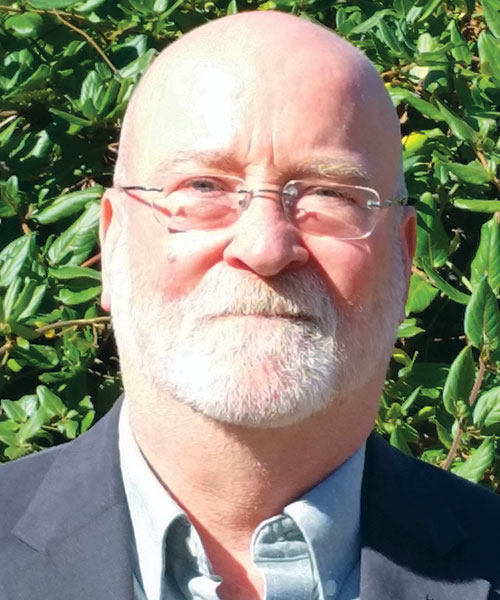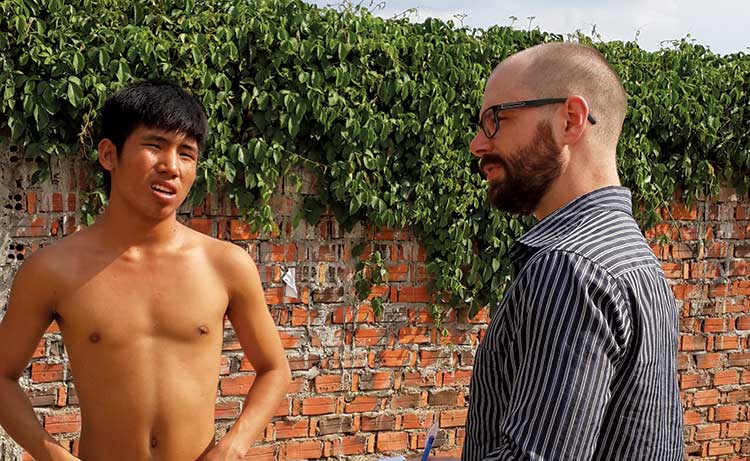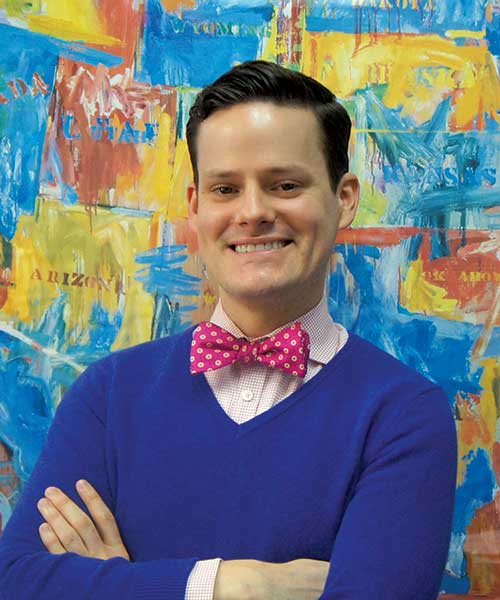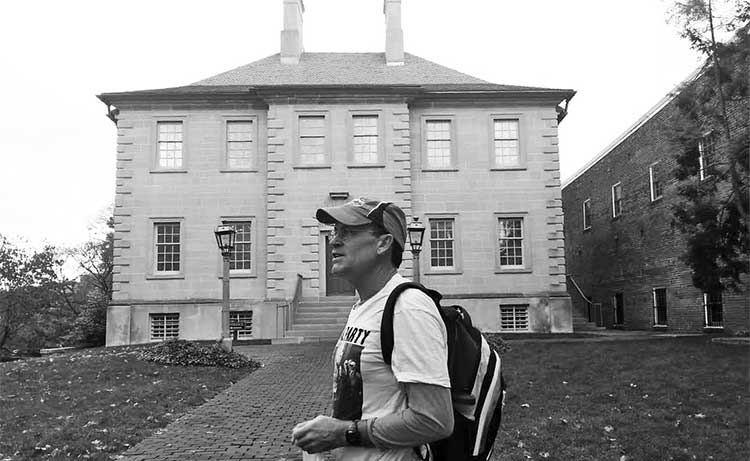Timely Expertise
Robert Kaminski admits that coming out of high school, despite his parents’ wishes that he go to college, he wasn’t much of a student.

“I dropped out in my third semester with like a 2.0 average,” said Kaminski, who is now a criminology professor at the University of South Carolina and a national expert in police use of force. “I had no interest. I didn’t study. Didn’t do well.”
But a few years later, he returned to school more motivated and earned a B.S. in criminal justice from Marist College in Poughkeepsie, N.Y. Another turning point occurred shortly after he arrived at UAlbany in the mid-1980s. A couple of professors had won funding to do a police use-of-force study in New York City. They hired him an observer.
“I rented a room in Manhattan and did ride-alongs for the summer, about six tours a week,” Kaminski recalled. “Everywhere the police went, I went. It was quite an eye-opening experience – probably one of the best experiences I have had in my lifetime. That really solidified my interest in police research, particularly in the use of force by and against police officers.”
Kaminski went on to earn his master’s and doctorate in criminal justice from UAlbany and has taught at the University of South Carolina since 2003. He has authored or co-authored five books or book chapters, including his work The Murder of Police Officers. He is regularly sought out by national media, including National Public Radio and the Chicago Tribune, to comment on police violence.
To be an expert in this field now is important, given the national focus on police violence – acts committed on civilians by officers, as well as acts committed on officers by civilians – since the 2014 killing of Michael Brown in Ferguson, Mo. Research is crucial because, as became clear after Brown’s death, national data on police shootings is lacking. It took journalists at The Washington Post and The Guardian to build national databases of citizen killings by police. (The Post counted 991 people shot and killed by police in 2015 and 963 in 2016. The Guardian, meanwhile, counts killings by American police by all means. Its numbers are 1,146 for 2015 and 1,092 for 2016.)
“Unfortunately, it’s going to take some years of that type of reporting before we’re going to know if this trend is up or down,” Kaminski said. He cautioned against the belief that police shootings are spiking.
“What I think is different about the post-Ferguson era is the proliferation of cell phones with video capability, street cameras and police body cameras,” he said. “Consequently, millions have witnessed real and perceived abuses by police on mainstream and social media. I don’t believe there have necessarily been actual increases in fatalities, but widespread broadcasting of incidents has led to public perceptions that police killings and abuses occur far more often than they do in reality.”
Given that officers in the United States get “much less training than in other countries,” more police training on how to de-escalate conflict, and more training in general, might reduce violence by and against police, according to Kaminski. More resources for distressed communities would help residents take on “greater responsibility for their own neighborhoods,” he added.
Kaminski will continue to offer his expertise. His current research includes using police shooting data from The Washington Post to see what patterns occur in terms of the neighborhoods where shootings take place.
Tom Kertscher is a PolitiFact Wisconsin reporter for the Milwaukee Journal Sentinel. His reporting on Steven Avery was featured in “Making a Murderer.” He’s also the author of sports books on Brett Favre and Al McGuire. Follow him at TomKertscher.com and on Twitter: @KertscherNews and
@KertscherSports.




